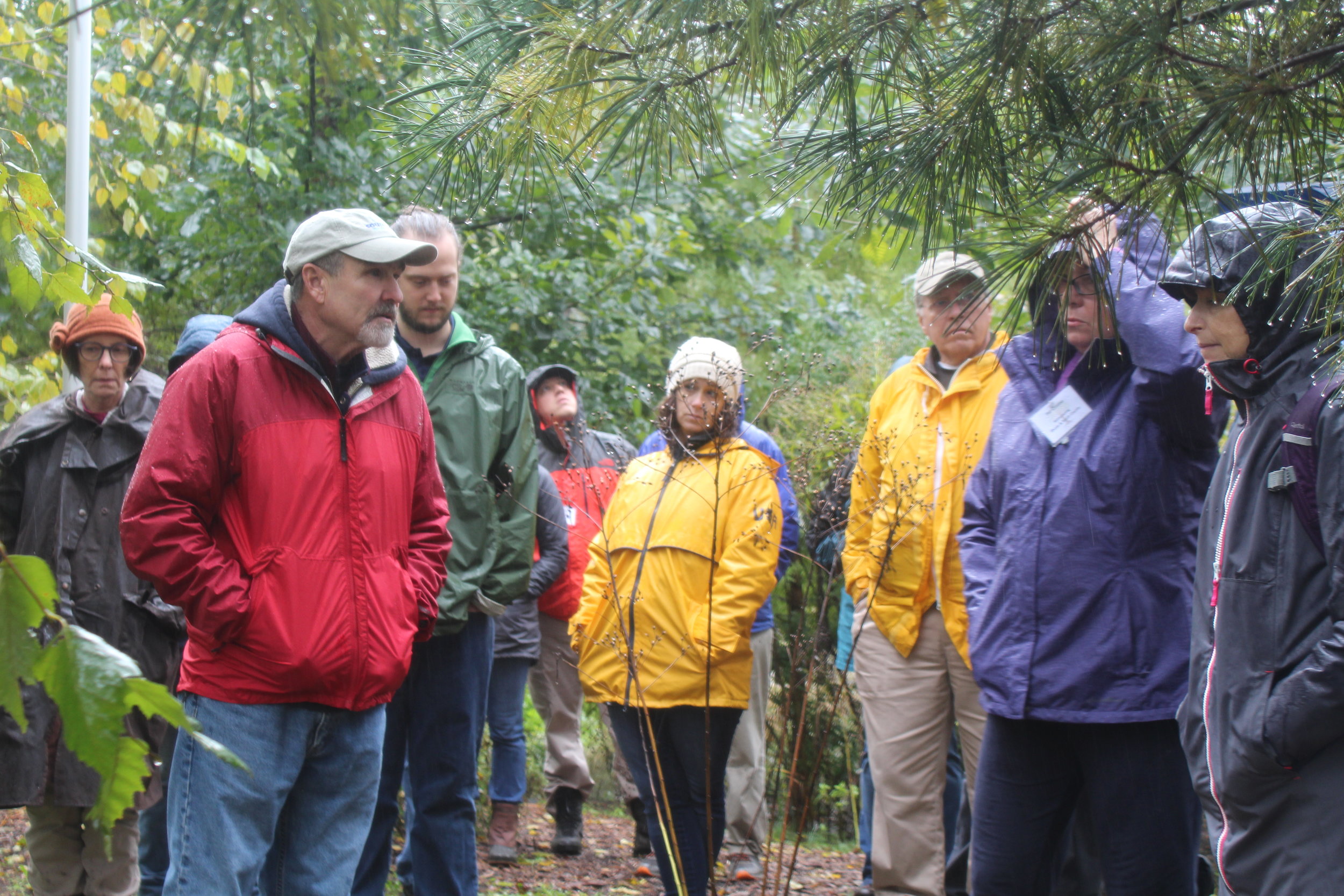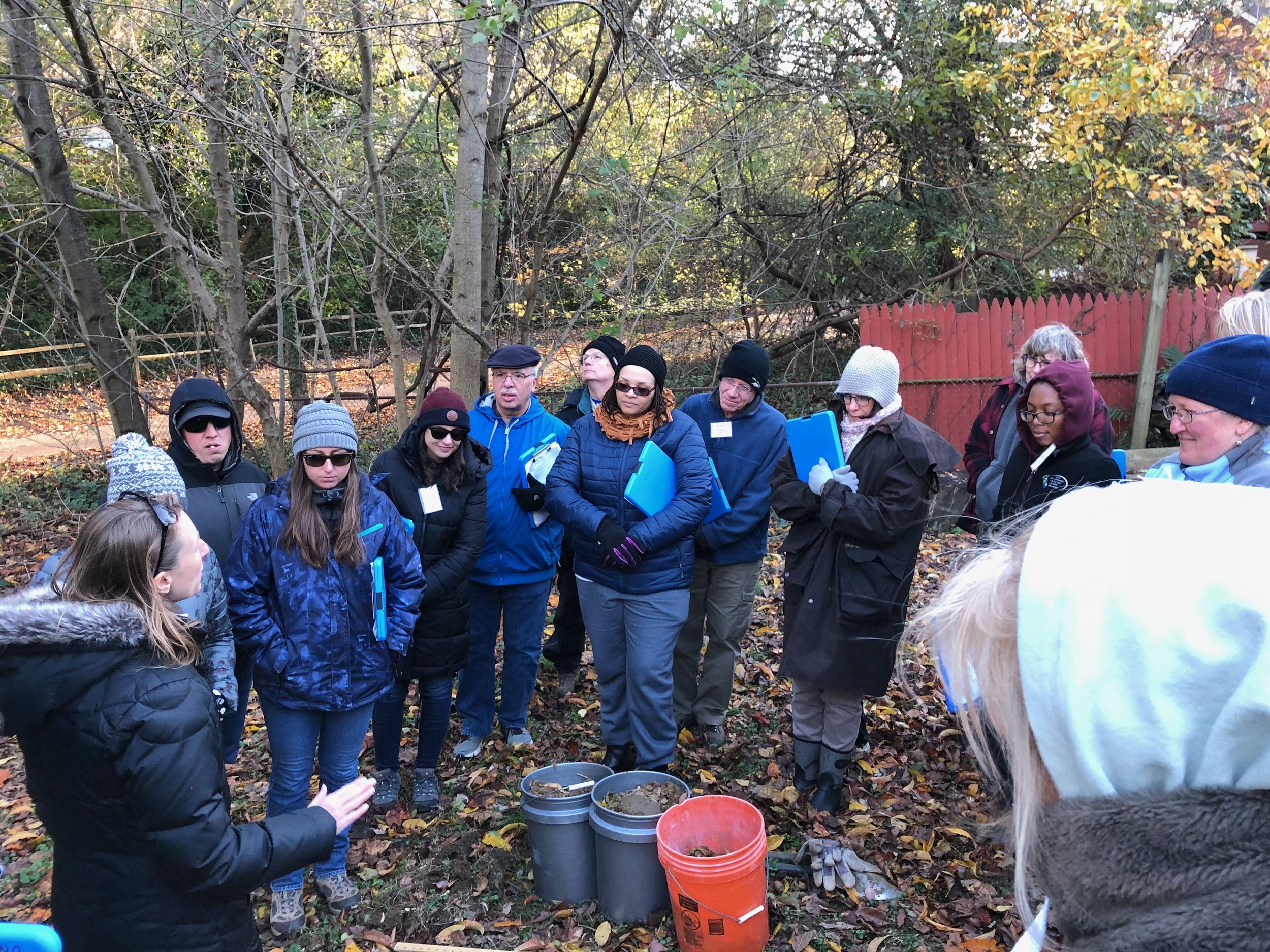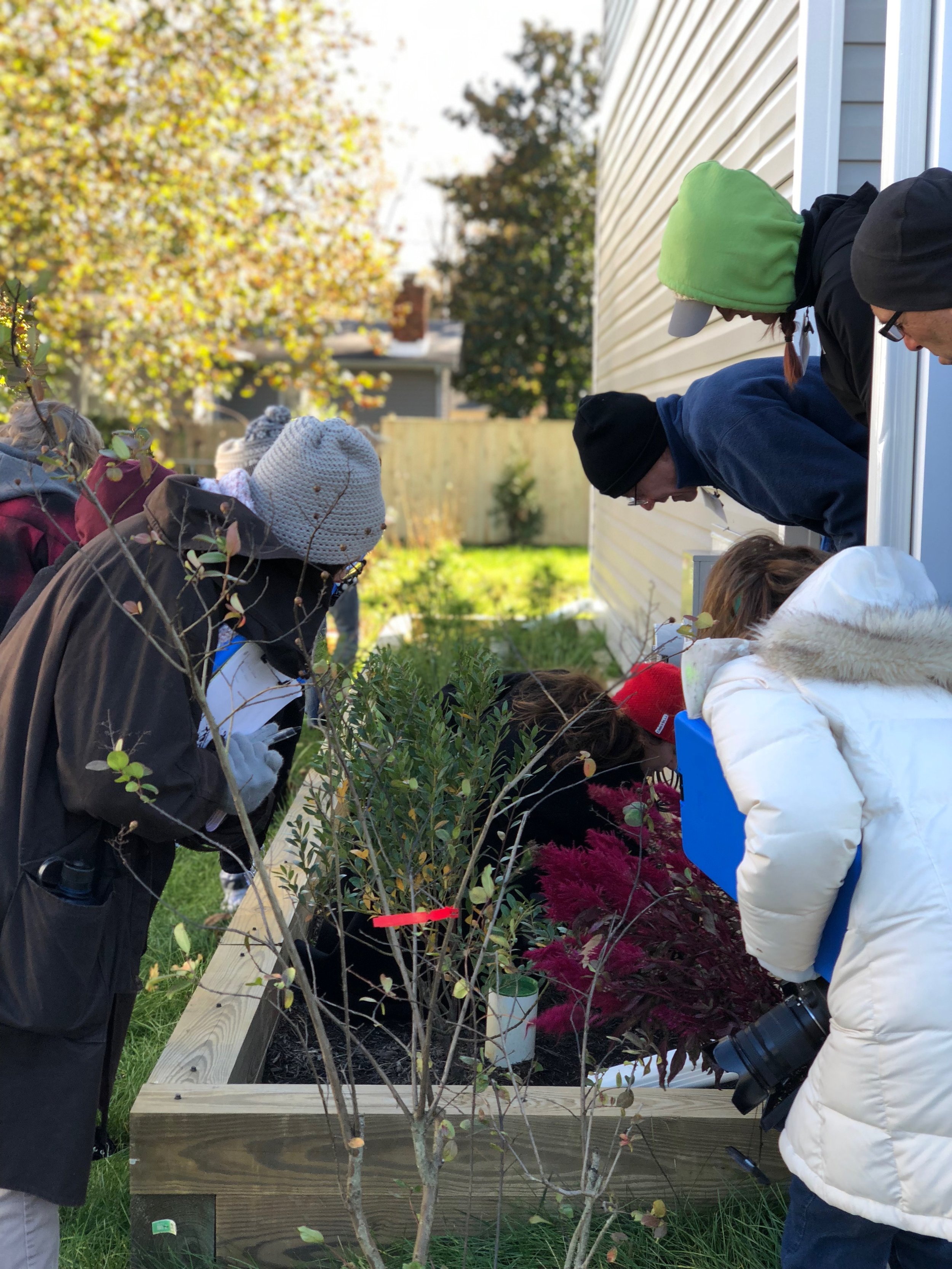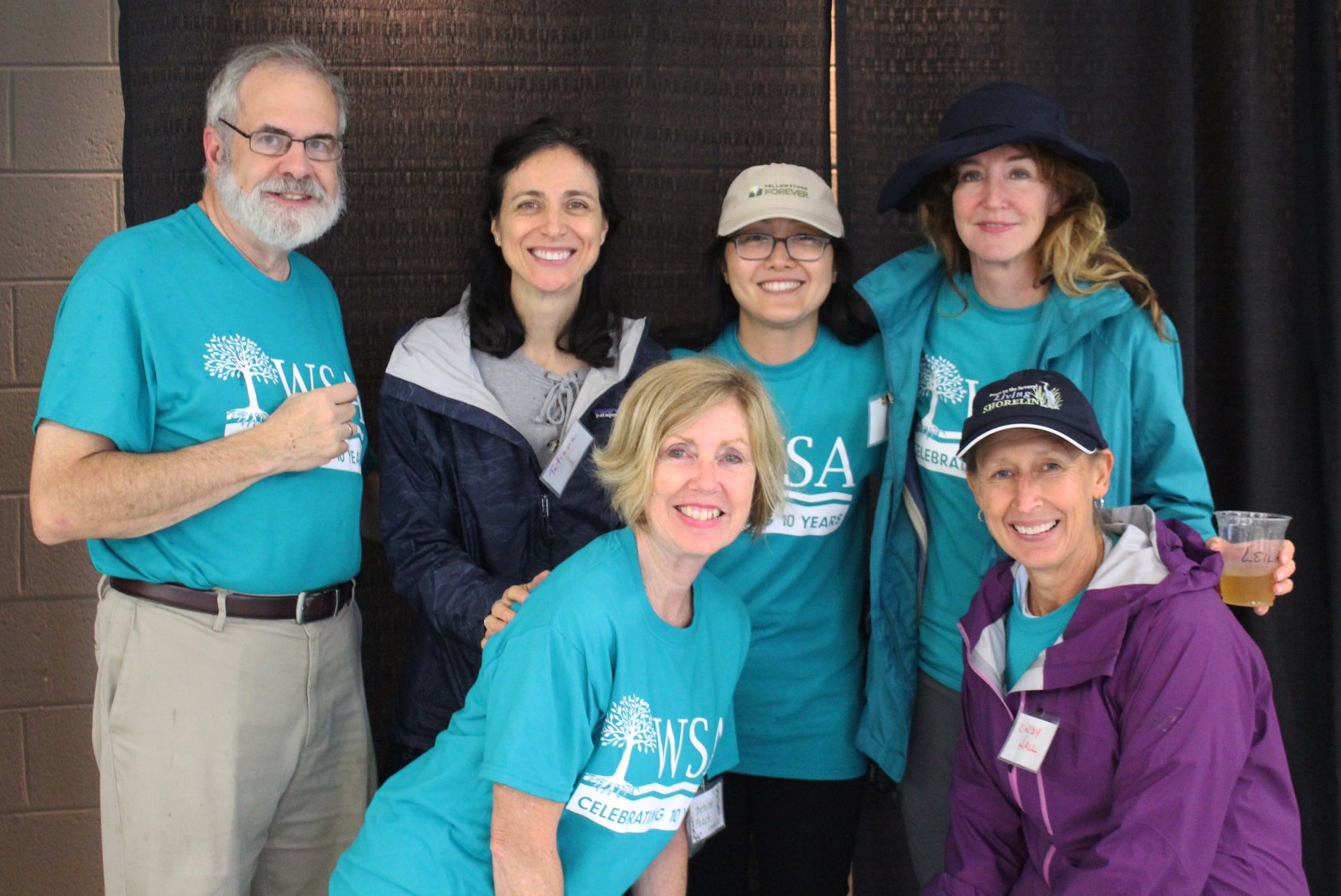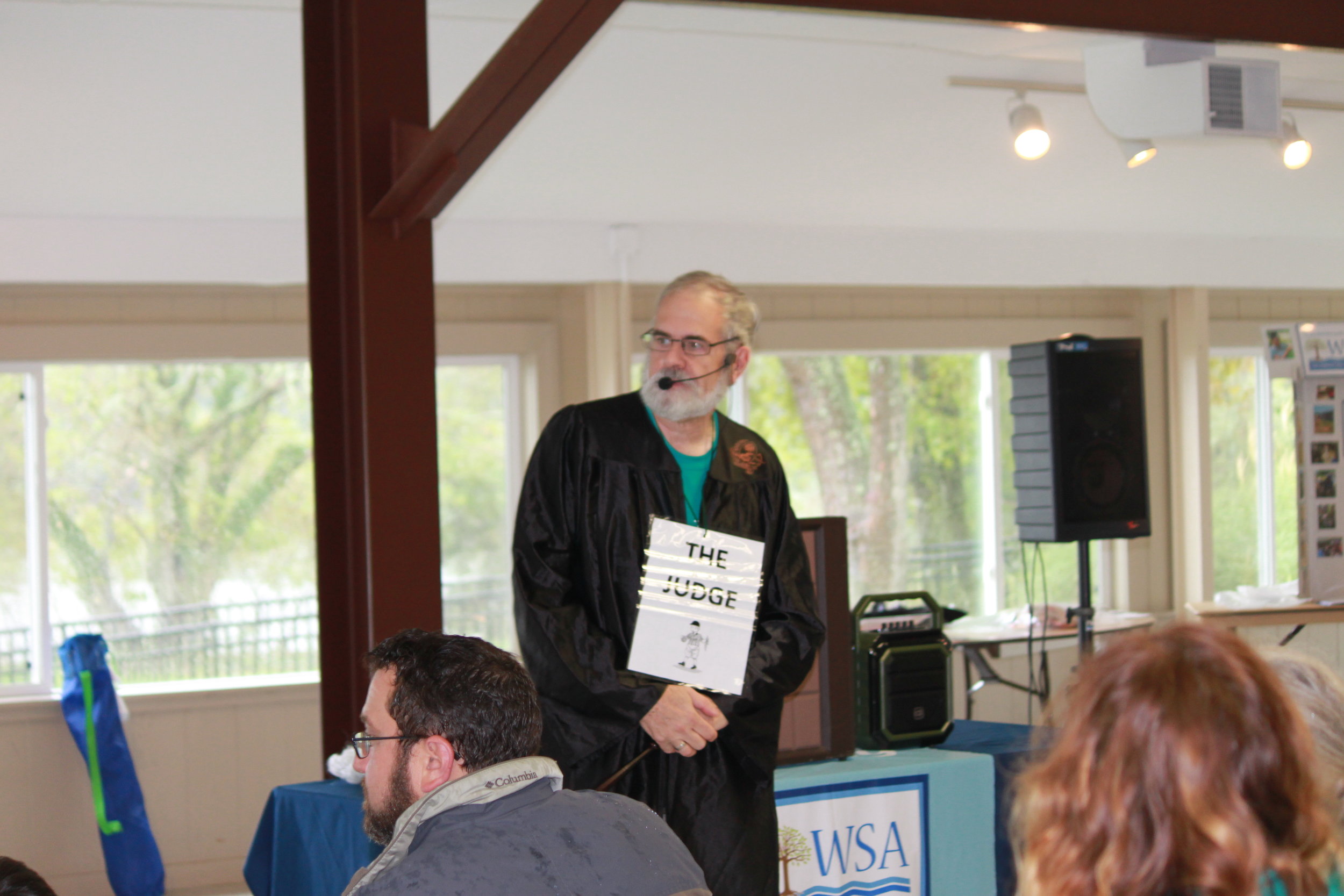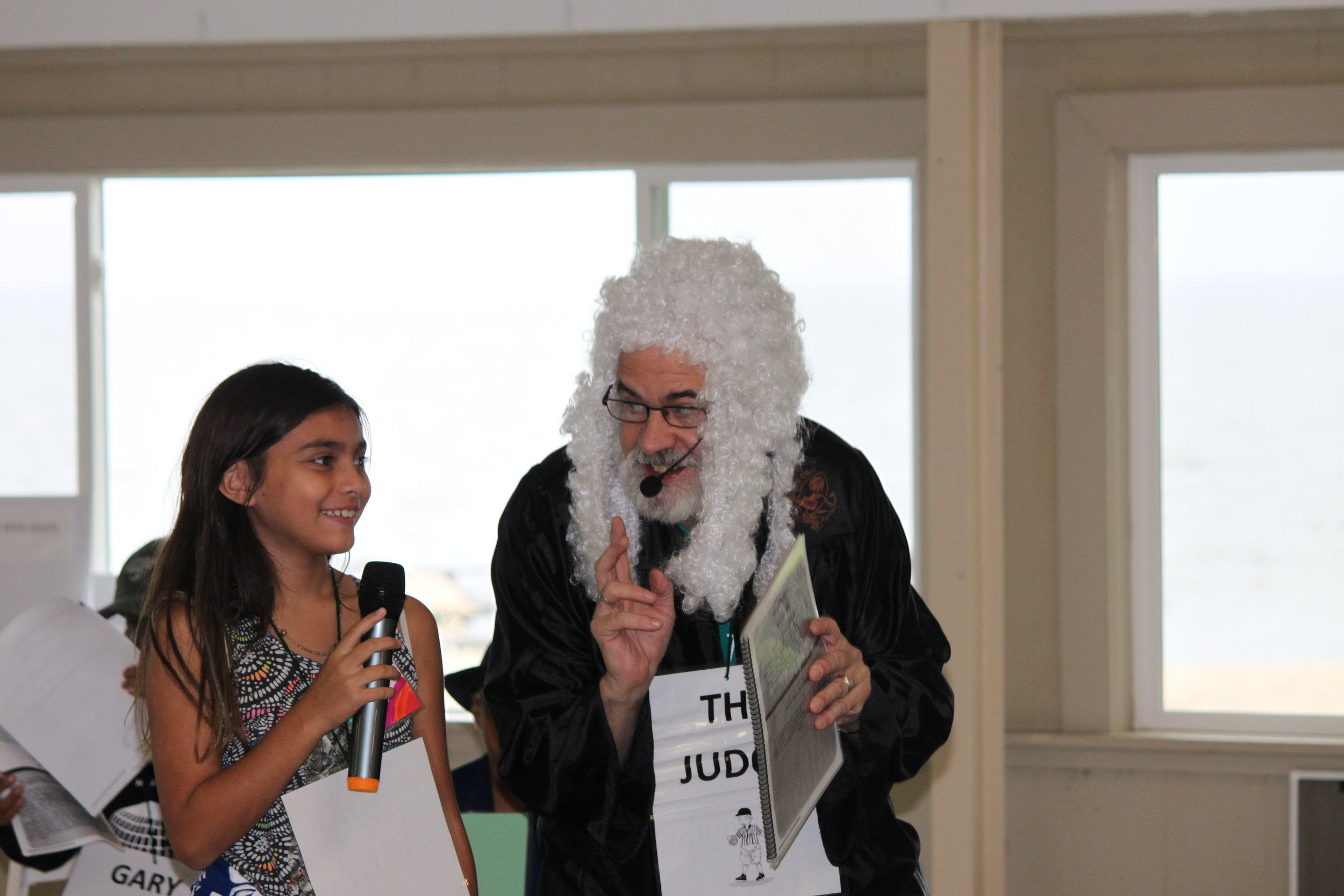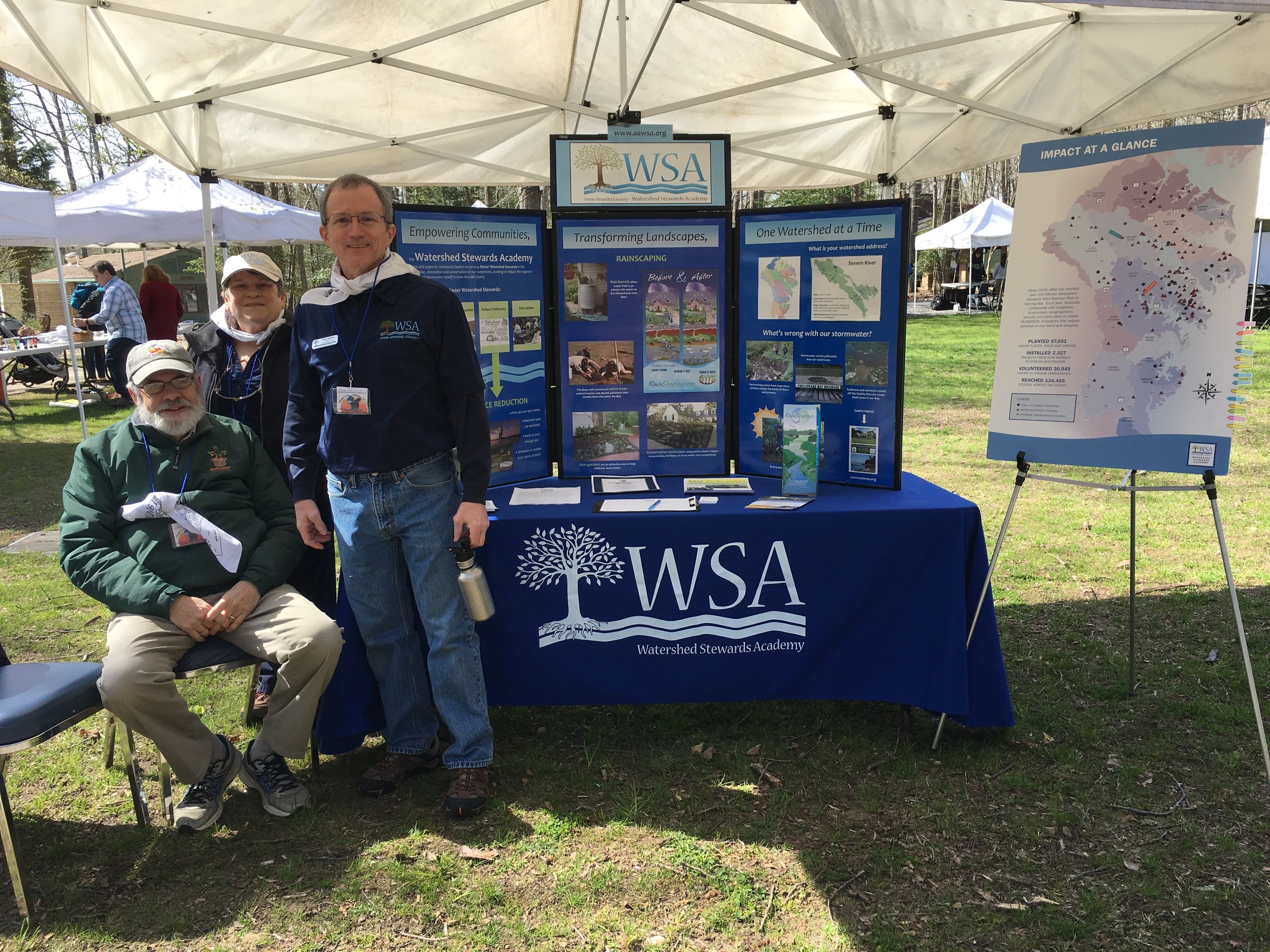November’s Native Maryland Plant
Juniperus virginiana L. (joo-NIP-ur-us vur-jin-ee-AY-nuh)
Common Name: Eastern Redcedar
The 2018 Latin for Gardeners year began with the White Oak (Quercus alba), a majestic tree with a considerably long lifespan, and according to Doug Tallamy¹, one of the most beneficial trees for birds and other wildlife. I would like to close out the year highlighting another tree, this one an often-overlooked but ubiquitous evergreen - Juniperus virginiana, a member of the Cypress (Cupressaceae) family. Likely never to be called majestic, Eastern Redcedar’s waxy berries are consumed by over 50 species of birds and many mammals, including rabbit, fox, raccoon and coyote; its dense branches provide cover for these animals year-round. The needle-leaves of junipers are stiff and sharp and the juvenile foliage is very prickly. This is a helpful identification feature in Juniperus spp. saplings, as the otherwise very similar juvenile foliage of cypresses is soft.
Juniperus virginiana is a pioneer² species that thrives in dry, sunny sites and can withstand extremes of drought, heat and cold; based on recent climate predictions you are likely to see more of this tree. The oldest known specimen of Juniperus virginiana was found in Virginia, it was 940 years old – more than twice as old as the Wye oak!
Interestingly, Juniperus virginiana’s common name, Eastern Redcedar is a misnomer; it is not a true cedar (Cedrus). The lack of space between the words "red" and "cedar" indicates this. This means that the heirloom cedar chest, (lined with Redcedar planks), where my grandmother kept spare blankets and linens is really a juniper chest!
NOTE: You may be aware of cedar apple rust fungus that infects Juniperus virginiana - it is rarely fatal. However, this fungus is very damaging to apple trees so planting these two trees in close proximity should be avoided.
~ Alison Milligan – MG/MN 2013
Master Watershed Steward Class 7
aligmilligan@gmail.com
1 University of Delaware, Professor of Entomology
2 one of the first trees to repopulate cleared, eroded, or otherwise damaged land. It is unusually long lived among pioneer species, with the potential to live over 900 years.






